Trilby James - Contemporary Duologues: One Man & One Woman
Here you can read online Trilby James - Contemporary Duologues: One Man & One Woman full text of the book (entire story) in english for free. Download pdf and epub, get meaning, cover and reviews about this ebook. year: 2017, publisher: Nick Hern Books, genre: Detective and thriller. Description of the work, (preface) as well as reviews are available. Best literature library LitArk.com created for fans of good reading and offers a wide selection of genres:
Romance novel
Science fiction
Adventure
Detective
Science
History
Home and family
Prose
Art
Politics
Computer
Non-fiction
Religion
Business
Children
Humor
Choose a favorite category and find really read worthwhile books. Enjoy immersion in the world of imagination, feel the emotions of the characters or learn something new for yourself, make an fascinating discovery.
- Book:Contemporary Duologues: One Man & One Woman
- Author:
- Publisher:Nick Hern Books
- Genre:
- Year:2017
- Rating:5 / 5
- Favourites:Add to favourites
- Your mark:
Contemporary Duologues: One Man & One Woman: summary, description and annotation
We offer to read an annotation, description, summary or preface (depends on what the author of the book "Contemporary Duologues: One Man & One Woman" wrote himself). If you haven't found the necessary information about the book — write in the comments, we will try to find it.
THE GOOD AUDITION GUIDES:
Helping you select and perform the audition piece that is best suited to your performing skills
As an actor at any level whether you are doing theatre studies at school, taking part in youth theatre, preparing for drama-school showcases, or attending professional acting workshops you will often be required to prepare a duologue with a fellow performer. Your success is often based on locating and selecting a fresh, dynamic scene suited to your specific performing skills, as well as your interplay as a duo. Which is where this book comes in.
This collection features twenty-five fantastic duologues for one man and one woman, all written since the year 2000 by some of our most exciting dramatic voices, offering a wide variety of character types and styles of writing.
Playwrights featured include Howard Brenton, Jez Butterworth, Caryl Churchill, Sam Holcroft, Anna Jordan, Lucy Kirkwood, Rona Munro, Evan Placey, Jessica Swale and Jack Thorne, and the plays themselves were premiered at the very best theatres across the UK including the National Theatre, Manchester Royal Exchange, the Traverse in Edinburgh, Shakespeares Globe, and the Almeida, Bush, Hampstead and Royal Court Theatres.
Drawing on her experience as an actor, director and teacher at several leading drama schools, Trilby James equips each duologue with a thorough introduction including the vital information you need to place the piece in context (the who, what, when, where and why) and suggestions about how to perform the scene to its maximum effect (including the characters objectives).
The collection also features an introduction on the whole process of selecting and preparing a duologue, and how to present it to the greatest effect. The result is the most comprehensive and useful contemporary duologue book of its kind now available.
Sound practical advice... a source of inspiration for teachers and students alike Teaching Drama Magazine on The Good Audition Guides
Trilby James: author's other books
Who wrote Contemporary Duologues: One Man & One Woman? Find out the surname, the name of the author of the book and a list of all author's works by series.


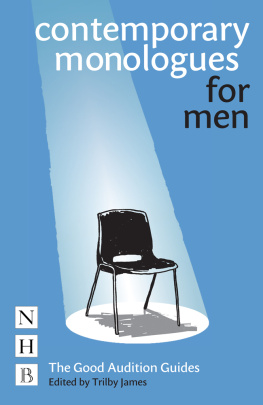
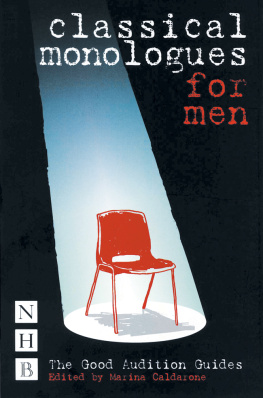
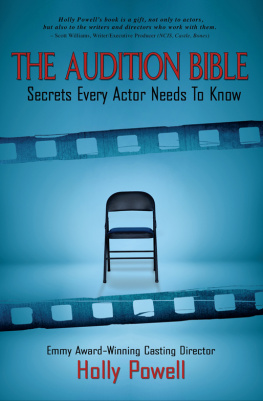
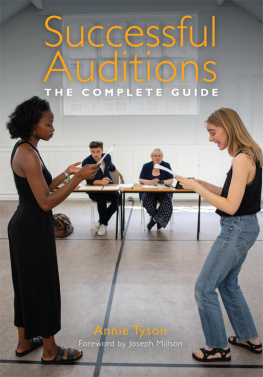
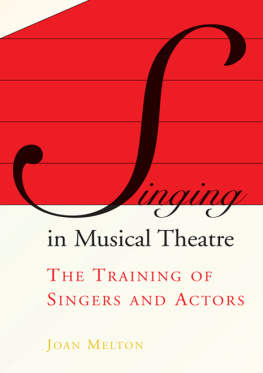

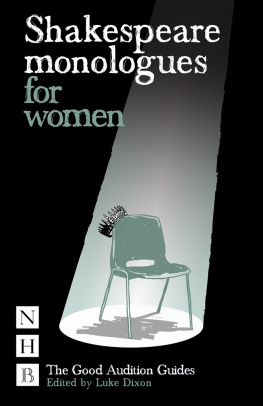
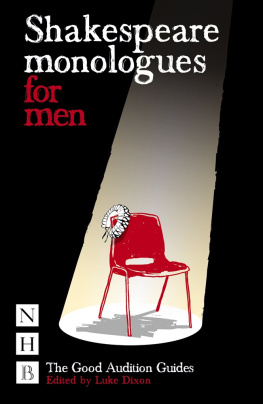
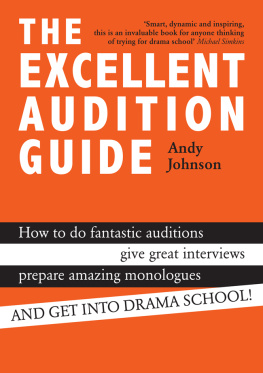

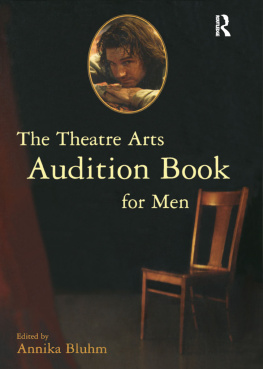

 NICK HERN BOOKS London www.nickhernbooks.co.uk Contents by Jack Thorne by Howard Brenton by Jessica Swale by Gareth Farr by Anna Jordan by Lucy Kirkwood by Ali Taylor by Arinze Kene by Sam Steiner by Caryl Churchill by Declan Greene by Rona Munro by Evan Placey by Ayub Khan Din by David Greig by Jez Butterworth by Fiona Evans by Rona Munro by Stefan Golaszewski by Deirdre Kinahan by Nina Raine by Alexandra Wood by Luke Owen by Sam Holcroft by Anna Jordan Introduction
NICK HERN BOOKS London www.nickhernbooks.co.uk Contents by Jack Thorne by Howard Brenton by Jessica Swale by Gareth Farr by Anna Jordan by Lucy Kirkwood by Ali Taylor by Arinze Kene by Sam Steiner by Caryl Churchill by Declan Greene by Rona Munro by Evan Placey by Ayub Khan Din by David Greig by Jez Butterworth by Fiona Evans by Rona Munro by Stefan Golaszewski by Deirdre Kinahan by Nina Raine by Alexandra Wood by Luke Owen by Sam Holcroft by Anna Jordan Introduction  WHY DUOLOGUES? Whether you are doing theatre studies at school, taking part in a youth theatre, at drama school (perhaps in your final year and looking for showcase material), or attending a professional acting workshop, the duologue will arguably provide the most intense form of character exploration and analysis. It will draw on all the essential skills of the actor -namely playing an objective, identifying obstacles, incorporating backstory, staying in the moment and listening. It is what any Stanislavsky-based acting technique is all about, and a well-crafted duologue will allow you to put all these elements into practice. The twenty-five duologues in this volume are from plays that have largely been written post-2000. With the odd exception the characters range in age from fourteen to forty. There is a wide variety of character types and styles of writing from which to choose.
WHY DUOLOGUES? Whether you are doing theatre studies at school, taking part in a youth theatre, at drama school (perhaps in your final year and looking for showcase material), or attending a professional acting workshop, the duologue will arguably provide the most intense form of character exploration and analysis. It will draw on all the essential skills of the actor -namely playing an objective, identifying obstacles, incorporating backstory, staying in the moment and listening. It is what any Stanislavsky-based acting technique is all about, and a well-crafted duologue will allow you to put all these elements into practice. The twenty-five duologues in this volume are from plays that have largely been written post-2000. With the odd exception the characters range in age from fourteen to forty. There is a wide variety of character types and styles of writing from which to choose.